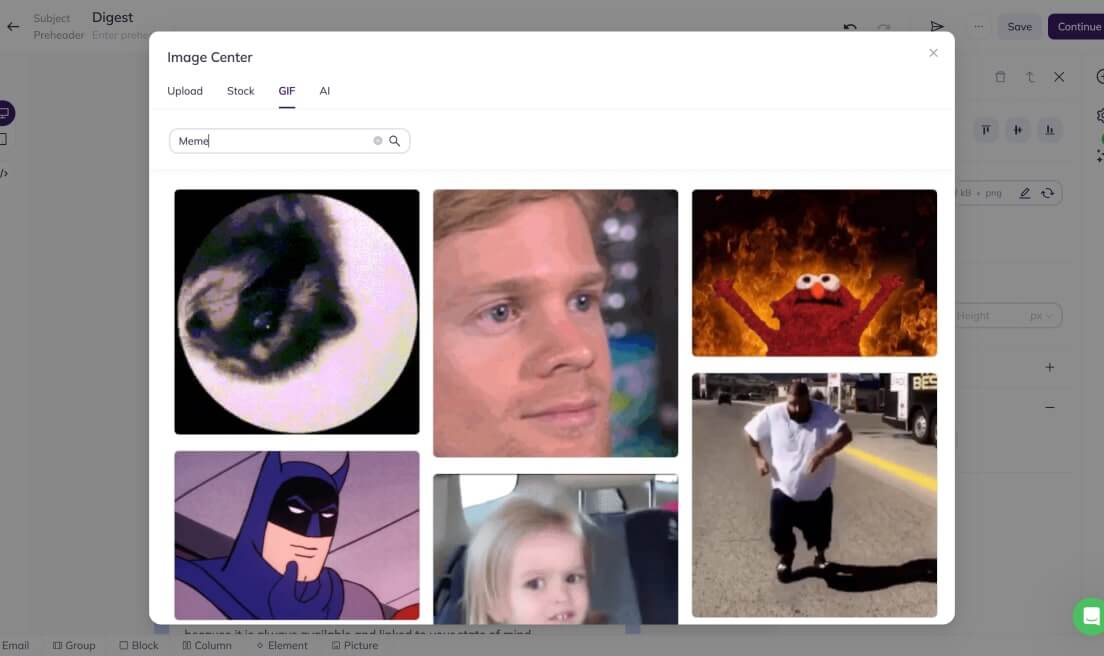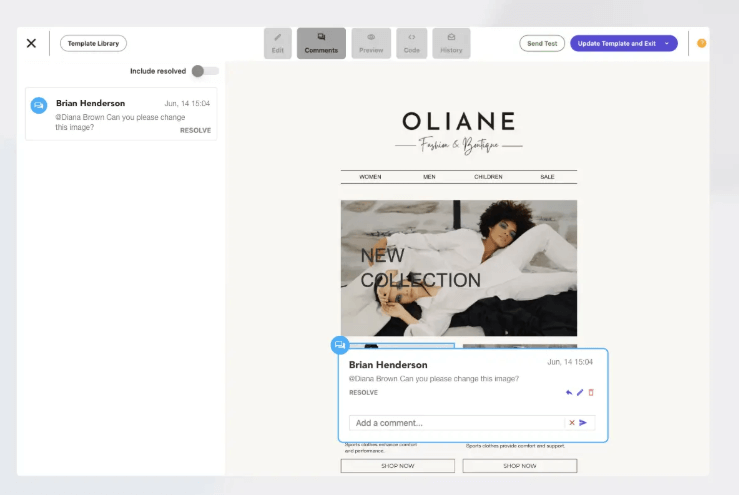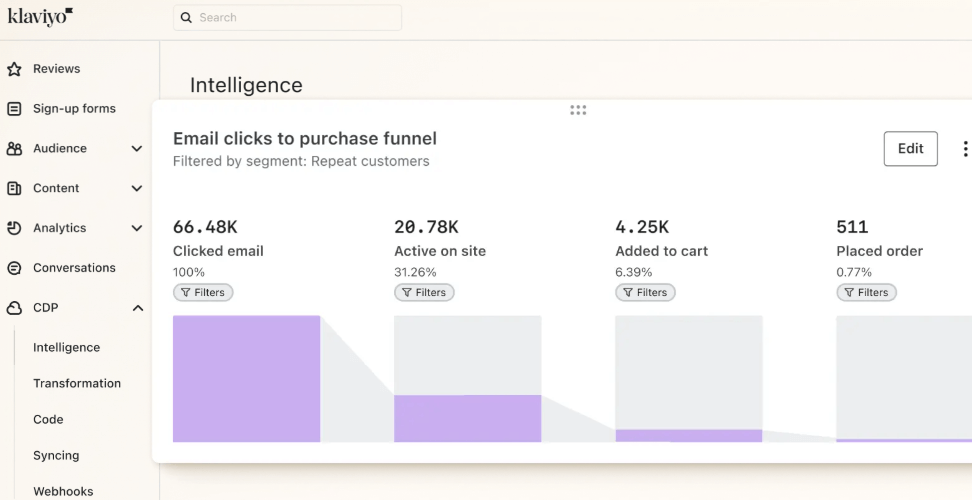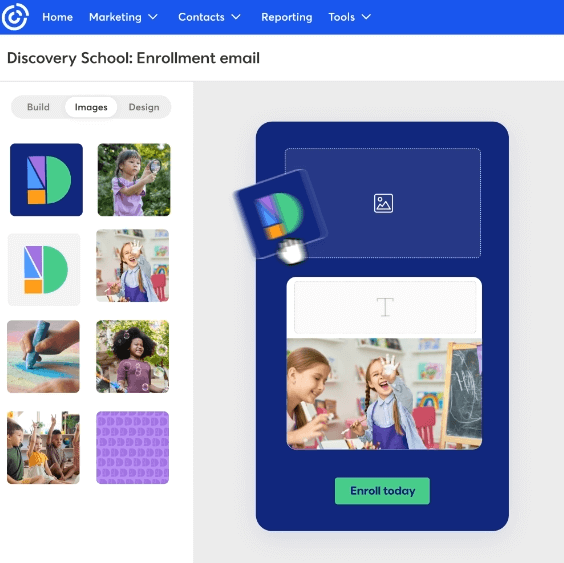The 7 Best Email Newsletter Tools to Engage Your Audience
If there’s any constant in a digital world, like this, if anything is persistent, it would be the power of the well-crafted e-newsletter: be it for a startup founder trying to acquire the first one hundred subscribers, or be it for the seasoned marketing manager who manages their thousands of contacts, the difference an effective newsletter platform would make is sheer. With smart design automation and strategic sending, you end up keeping an audience hooked rather than hungry for something more.
Before you go and choose one, remember that all these come with their respective strengths. So, you might need something super simple in pricing or advanced segmentation is much more important to you. Some may need sophisticated workflows and AI writing assistance, and others just drag and drop some elements and leave it at that. The best is to know your business goals, consider your budget, and then pick the solution that feels like the perfect fit.
Below, we go over seven premium newsletter services in no particular order, just to mix it up a little. Each of these has something special to offer, from rich analytics to slick automation. By the end, you’ll have a better idea of what tool will work to help you grow your list, improve conversions, and keep your brand’s reputation intact. After all, the ultimate goal of any newsletter is to keep people informed and interested in what you say.
Selzy
Selzy isn’t always at the top of people’s minds when people chat about newsletter software, but it can be a hidden gem if you’re on a tight budget or simply want a fuss-free experience. This platform focuses on affordability without skimping on functionality, making it a solid choice for small businesses or side hustlers ready to amp up their email game. You can run basic automation, enjoy a handy drag-and-drop editor, and get respectable deliverability rates.
What really sets Selzy apart, though, is its entry-level pricing. They have a free plan that includes 100 contacts and up to 1,500 emails per month. If you need more, then paid plans are just 7 USD per month when billed annually. Sure, Selzy is not going to have all of the advanced features you might want from pricier solutions. However, this tool is simple, wallet-friendly, and perfectly capable of sending out polished, professional-looking newsletters that keep your brand top of mind.
Moosend
Many hearts are won, in my opinion, with the ease and power of Moosend. There is a drag-and-drop editor and an expansive library of templates sufficiently customizable to get you eye-catching designs in no time. Count if you’re an aficionado of sprinkling countdown timers or dynamic product blocks in your newsletters. Moosend has got it covered without making you wrestle with the code.
One of the largest selling points, though, is its clear, transparent pricing, from 9 dollars per month at entry level (it has a free 30-day trial). You could organize automated workflows and run quite advanced segmentations even in the entry package. Analytics will be pleased that it reports in real-time, too, so it will tell you which emails do best and just how each of your leads acts. You can now use all these insights combined with Moosend’s new AI Writer to whip up personalized emails speaking directly to your audience’s needs.
ConvertKit
ConvertKit is the go-to for creators, bloggers, and anyone aiming to build genuine relationships through storytelling. If you run a WordPress newsletter, ConvertKit’s seamless integrations with WordPress make it easy to automate email sequences and keep your subscribers engaged. Its user interface feels welcoming from the moment you sign in, with no complicated bells and whistles to scare you off if you’re new to email marketing. Instead, you get a neat, minimalist setup that puts tag-based subscriber management and automated funnels front and center.
The free tier covers up to 1,000 subscribers, which is awesome for those testing the waters. Once your list grows, you can graduate to a paid plan starting at about 9 USD per month, unlocking features like advanced reporting and dynamic email sequences. Another standout is ConvertKit’s ability to help you sell digital products or memberships directly, no separate integrations are needed. That is a big advantage to content creators wanting to monetize quickly and fits in with the goal of the platform, which is making running your creative business easier.
MailerLite
People mostly love MailerLite because it has the perfect blend of automation, intuitive design, and marketing features like landing pages and pop-ups. It tries to grant you an all-in-one tool for capturing leads and nurturing those leads through stellar emails. If you’ve never in your life created a newsletter, be assured that MailerLite is very friendly to beginners, having an editor that feels snappy and straightforward.
The free plan is free to start and will go up to 1,000 subscribers and support 12,000 emails sent out in any given month. This should be sufficient for trying several different campaigns to see what resonates with your audience. Of course, paid plans begin at around 10 USD a month, including A/B testing, additional templates, and the delivery of advanced features. One of the strengths of MailerLite is that it really makes analytics easy for you, letting you have crystal-clear data regarding open rates, clicks, and user behavior that helps you to adapt your strategy as quickly as possible so that every email you send can be a little better than the last.
Klaviyo
Klaviyo remains the heavyweight favorite of most ecommerce businesses and those marketers who happen to be data-obsessed people who just geek out when it comes to deep insights. Fair enough, perhaps the platform’s real selling point is in the ease with which it integrates seamlessly into online stores. It gives users the freedom to slice and dice through subscriber data willy-nilly to create those hyper-personalized campaigns that perform so much better. Whether your goal is understanding what specific product your customer clicked on last or wanting to use that information to give them a sales pitch related to a sister product, Klaviyo delivers.
The free plan accommodates up to 250 contacts and 500 email sends a month, which is sufficient for smaller brands or side projects. Once you’ve outgrown that, expect to pay around 20 USD per month for up to 500 subscribers—though the final cost scales depending on list size. While Klaviyo can feel more advanced than some of the simpler platforms on this list, the payoff is huge if you’re serious about segmentation and driving repeat purchases. It lets you trigger tailored follow-ups, recommend products based on browsing history, and create detailed customer journeys that keep people engaged way beyond a single newsletter send.
Mailchimp
Mailchimp is often the first newsletter tool most people hear about, partly because it has done a terrific job marketing itself as a small business, freelancer, and nonprofit marketing automation solution for email outreach. It is known for its ease of use, sporting a vibrant design interface and a whole bunch of ready-to-go templates. Setting up your first campaign typically takes minutes, typically, and you get a good analytics dashboard, that keeps track of opens, clicks, and unsubscribes.
While Mailchimp once had a famously generous free plan, those terms have shifted over time. You can still get your feet wet without spending a single cent, but when you need to start pulling out the big guns—multi-step automation, advanced segmentation, that kind of thing—you’ll be moving into paid plan territory starting at about 11 USD/month. The brand recognition and wide range of integrations make Mailchimp an easy pick for many. Just be mindful that if you scale quickly or need heavy-duty automation, you might soon find yourself eyeing the more expensive tiers or looking elsewhere.
Constant Contact
Constant Contact is a strong contender that has been around for a while, building a loyal user base with its reliability and supportive resources. It is not usually described as the most high-tech or cutting-edge, but it is definitely a dependable platform for businesses that just want to send professional emails without learning complicated new software. The interface has straightforward editing tools and a modest library of templates, so you can get a newsletter out the door in a hurry if needed.
Pricing begins at around 20 USD for a month to manage the level of contacts according to your subscription. Another fact that makes everyone stick with constant contact is how it supports one with multiple sources of communication – phone, chatting, or email to reach out to them when needed most. It might miss some automated ploys in doing everything, which is most, though: segmentations of contacts, as well as real-time reporting, on top of very few social integrations.
Choosing the Right Newsletter Tool
When it all comes down to it, they all share one thing in common to help you make and send beautiful newsletters that people will subscribe to over and over again. The challenge remains to find that tool whose features line up with what your business actually needs. For those just starting off, something like Selzy or MailerLite might fit the bill thanks to the low-cost entry. If you’re a seasoned pro with advanced segmentation needs and a big budget, Klaviyo might be right up your alley.
The pricing structures are going to be quite a bit different from one platform to another. Some are per-email-sent per month, others subscriber-based, while others can be a mixture of the two. For some feature pages, complex automation sequences, and e-commerce integrations majority will be bundled at particular tiers. Be sure to read the fine print about what’s included. It is okay if you start with the small level and upgrade as your needs will have grown and warrant more firepower.
The best newsletter tool is one that not only suits your current needs but also will work for when those grow much larger and over the longer run. Take free trials, fiddle around with several editors, and find which automation dashboards don’t make you cringe but actually make you smile. The email is your direct line to their inbox; thus, that is a privilege that you should use responsibly. Make sure to choose a service that will have you sending your best campaigns on day one.
Bio of author
Lizzie Davey
A skilled writer and strategist with expertise in marketing and e-commerce.





Leave a Reply